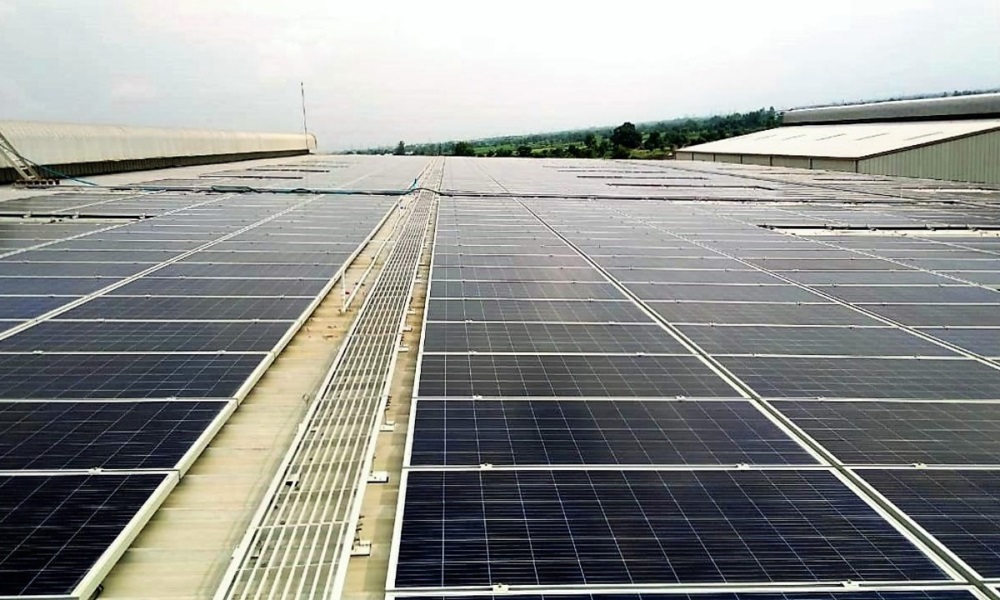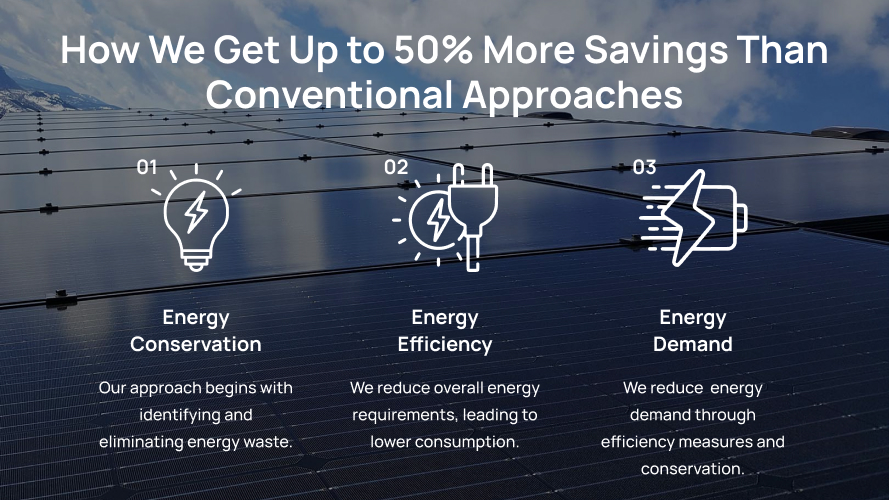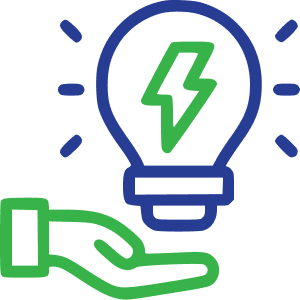Trusted by
Make the seamless transition to a high-powered and large-scale 1MW solar system.
Are you ready to discover the power of sustainable energy with Sustainable Savings?
MW (Megawatt) scale solar systems can be deployed for large-scale commercial use across a range of sectors and industries. Tailored to the most sophisticated business case, our state-of-the-art solar solutions offer a clean and efficient energy source for businesses and communities.
With a commitment to reducing carbon footprints and energy costs, our 1MW Solar systems provide a reliable and eco-friendly power generation solution. From installation to maintenance, our expert team ensures a seamless transition to renewable energy within the potential to save as much as $300,000 per annum.
Join the green revolution and embrace a brighter, greener future with our 1MW Systems. Learn more by speaking to a member of the Sustainable Savings team on (08) 7120 6366 today.
What Are The Best Types Of 1MW Solar Systems?
The best types of MW scale solar installations typically include photovoltaic (PV) systems, concentrating solar power (CSP) systems, and hybrid systems.
Photovoltaic (PV) Systems: These are the most common and widely used systems. They convert sunlight directly into electricity using panels made of semiconductor materials. PV systems are efficient, scalable, and have a proven track record in various applications.
Concentrating Solar Power (CSP) Systems: These systems use mirrors or lenses to concentrate sunlight onto a small area, producing heat that drives a turbine and generates electricity. While typically larger in scale, CSP systems can provide energy storage capabilities and operate effectively in regions with high direct sunlight.
Hybrid Systems: These systems combine different solar technologies, such as PV and CSP, with other energy sources like batteries or conventional generators. Hybrid systems can optimise energy production and enhance reliability, especially in situations with fluctuating solar availability.
When considering the best type, factors like available space, sunlight conditions, energy demand, and budget should be taken into account to determine the most suitable option. Consult with one of our solar experts for help tailoring the choice to your specific needs.
What Factors Affect 1MW Solar Systems Cost?
The cost of a 1MW solar system installation can vary significantly based on several factors including the type of solar technology used, installation complexity, site-specific requirements, and prevailing market conditions.
For a custom quote tailored to your needs, reach out on (08) 7120 6366 today.

1MW Solar System Benefits
Clean Energy Generation: A 1MW solar system produces a significant amount of clean and renewable energy by converting sunlight into electricity, reducing reliance on fossil fuels and decreasing carbon emissions.
Cost Savings: By generating your own electricity, you can significantly reduce energy bills over the system’s lifespan, offering a strong return on investment. With ample sunlight in South Australia, the savings can be substantial.
Reduced Carbon Footprint: Solar energy is environmentally friendly, producing no greenhouse gas emissions during operation. By using solar power, you contribute to reducing air pollution and combating climate change.
Government Incentives: Depending on the time of installation, you might be eligible for government incentives, rebates, or feed-in tariffs, further enhancing the financial benefits.
Low Operating and Maintenance Costs: They have minimal moving parts, leading to lower maintenance costs compared to conventional power generation methods.
Energy Independence: Producing your own energy means being less reliant on external energy sources, providing greater stability in the face of energy price fluctuations.
Longevity and Durability: Panels are designed to withstand harsh weather conditions and can last for decades, providing a reliable source of energy over the system’s lifespan.
Boosting Sustainability Image: Investing in solar power showcases your commitment to sustainability, which can enhance your brand image and reputation.
Grid Stability: Large-scale systems like 1MW installations can contribute to grid stability by supplying electricity during peak demand periods.
What Is The Installation Process For 1MW Solar Systems?












